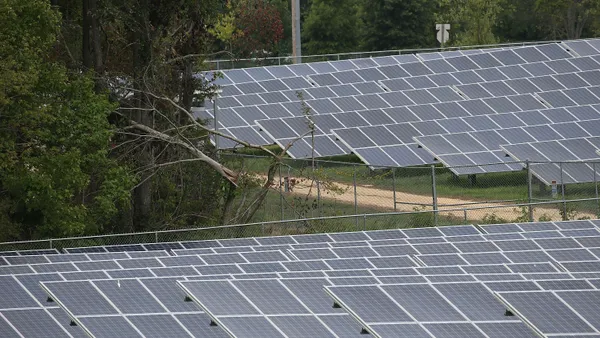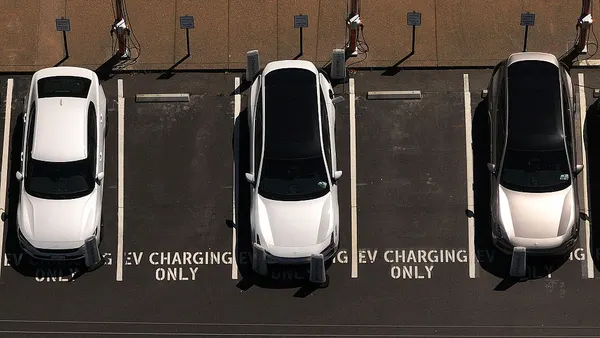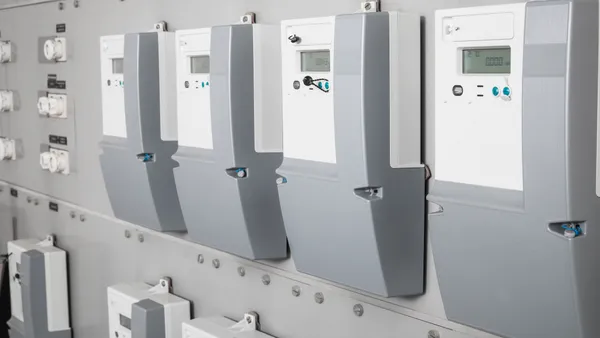Do you work in a utility that is struggling to figure out how to make the case for energy storage? Or maybe your organization has procured a system or two, but is now trying to transition storage from a pilot project to a used and useful asset in your distribution system? We have been involved in nearly a dozen energy storage projects inside of utilities over the past six years and worked with many utility engineering teams on how to incorporate this exciting new technology.
Our single biggest learning through that experience is that approaching energy storage in a typical project fashion undervalues and slows down the progress of the technology at best and can lead to complete dead ends and expensive write-downs or reworks. Project-based approaches are characterized by a narrower, more short-term mindset. The focus is on getting the system in the ground with the budget available rather than understanding in detail exactly what grid problems need to be solved and specifying a system with high confidence it can solve those problems. A project approach does not look ahead to questions of how the second and third ESSs will be managed in concert with the first one. It does not value the flexibility to swap out components as technology improves or extend to new scenarios beyond the initial scope in the future.
A programmatic approach to designing, procuring, deploying, and operating an integrated energy storage fleet is crucial to unlock the technology’s maximum possible value. The first step is realizing that energy storage offers value across the traditional G, T, and D grid “silos” and that stacked values are essential to reaching the full potential. Utilities can then realize this value with a program approach that sets out to design a scalable ESS fleet that considers all possible sources of value and is managed by intelligence with insight across all three parts of the electricity system.
Beginning with the end in mind
The Energy Storage System (ESS) Program approach begins by identifying grid needs and value-creating applications using quantitative analysis to define performance requirements, agnostic to project size, battery chemistry, or vendor. At Doosan GridTech, we begin this process by generating a Conceptual Design Report which is a custom, analytical study of the utility’s grid and how energy storage might be used to solve problems (current or anticipated) or create additional value on the grid. A system architecture is then defined around standards-based communication protocols to maximize flexibility in implementation. Design of fleet control algorithms then flows directly from the value-creation analysis. Bulk and local control software is then chosen to meet the specifications and standards, and ESS components (batteries, PCSs, etc.) are selected that meet the program specifications and integrate efficiently into the overall architecture in support of fleet performance requirements. Hardware components are installed and commissioned as supportive elements to an overall fleet approach rather than as isolated, individual elements. As the energy storage fleet is utilized, performance can be refined and improved through flexible reconfiguration of fleet controls. The open standards-based architecture enables fleet growth over time as grid needs change, and high-expense components can be added incrementally to take advantage of falling costs and improving technologies.

Important steps in a utility-integrated energy storage program
Managing both risk and cost
The ESS Program Approach separates steps that are high risk and require more customization from those that are low risk and highly commoditized. Program risk is mitigated by tightly integrating the steps that are unique to the utility, such as the initial value creation analysis and controls design, with utility practices and procedures. An open standards-based approach enables “plug and play” of individual hardware units into the overall program architecture. This helps maximize competition between vendors for the most capital-intensive components and enables technology diversity that provides commercial and technical risk mitigation. Reliable outcomes are achievable alongside program flexibility by strictly defining the architectural structure and enabling flexibility and scalability within it.

Both cost and risk should inform decisions about how to accomplish an ESS program
Moving forward
To learn more about this approach and the first step – a Conceptual Design Report – come visit us at Distributech in Booth 1315.
Doosan GridTech (formerly 1Energy Systems) is a technology development firm that delivers control system software and power system integration services to help utilities and independent power producers integrate distributed energy resources into the grid and enable a cleaner, electric energy system with renewable power.









